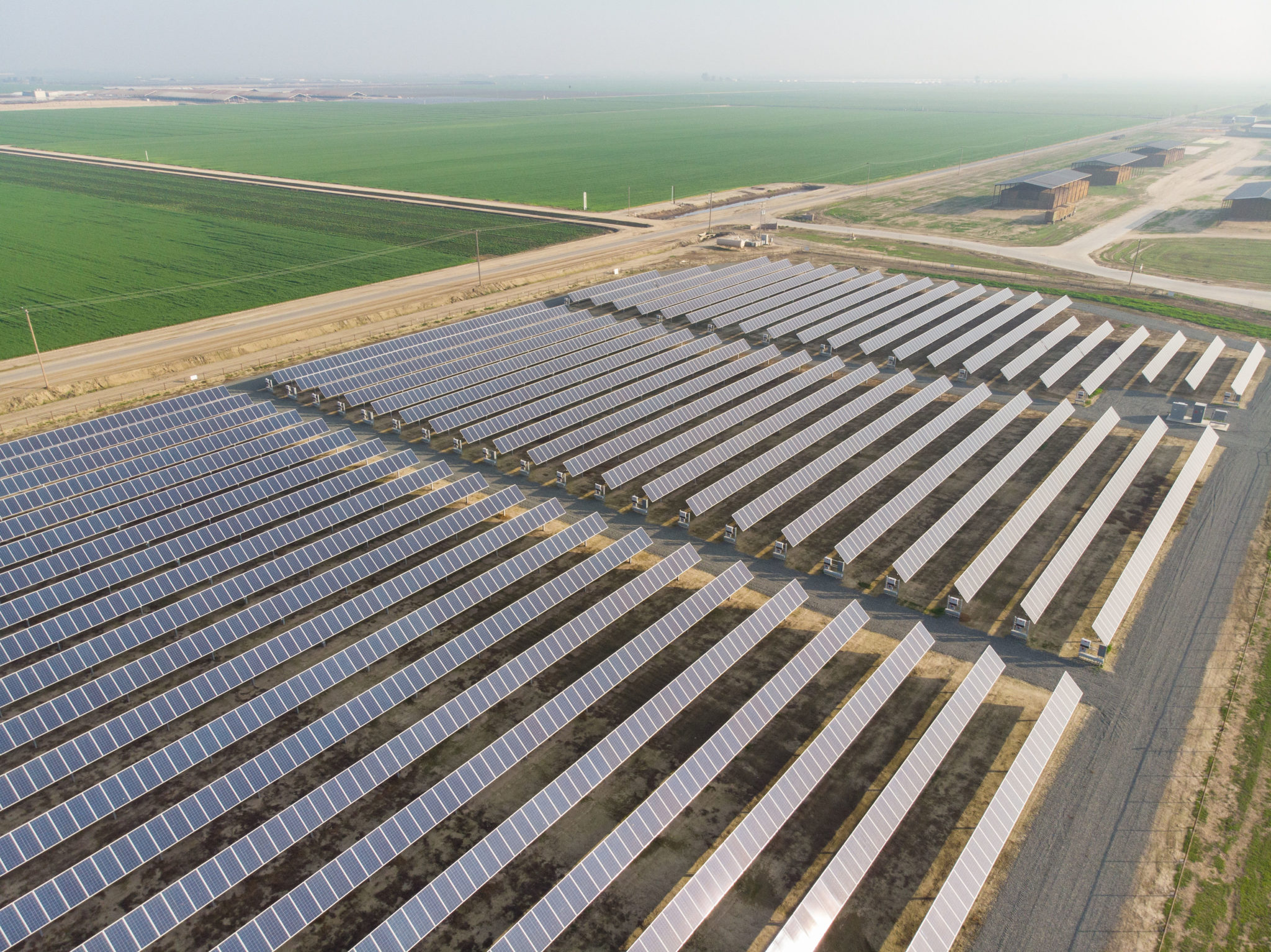
The solar farm is an extensive collection of solar panels that generate electricity for the grid. They are also called photovoltaic power stations, solar gardens, solar parks, or solar power stations.
Some solar farms use the area on the top of residential or public buildings, like parking spaces. However, PV panels are usually placed directly on the ground in solar farms. This type of solar farm requires a huge open area for construction.
For decades, utility-scale solar has produced reliable and clean energy at an affordable fuel price. The construction of solar power plants can maintain a balance between environmental preservation, energy needs, and climatic objectives.
Solar energy can keep generating jobs around the globe and diversify the energy supply by enacting government regulations that will increase the growth of utility-scale solar. Developing utility-scale solar power is one of the quickest ways to cut carbon emissions and move your business toward a sustainable energy future.
What is a Utility-Scale Solar Farm?
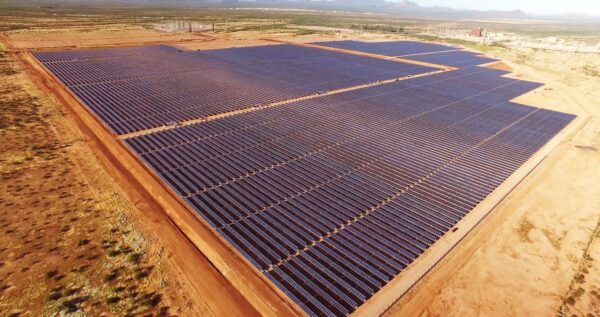
Defining utility-scale solar farms is challenging because it depends on location, size, voltage and commercial solar interconnection type, final sale location, state laws, and solar electricity method.
Utility-scale solar farms typically produce 5 MW of power or less and are bigger than community solar farms. They cover acres of ground and have thousands of individual solar panels. These PV power project designers often arrange the panels to create eye-catching forms because they are big enough to be seen from an aircraft. For instance, Walt Disney World designed a solar farm and shaped it as Mickey Mouse.
A primary distinguishing feature of the utility-scale solar farm is that they sell the electricity directly into the electrical grid. Utility-scale solar projects are usually in front of the meter as opposed to distributed generation systems behind the meter.
It is a system matched with the facility’s energy load and directly provides the facility with electricity. The utility-scale solar facility uses solar energy to produce electricity and feeds it into the grid to power a utility.
Almost all utility-scale solar installations have a power purchase agreement (PPA) with a utility, ensuring a market for their electricity for a specific period.
The Capacity of Utility-Scale Solar Farm
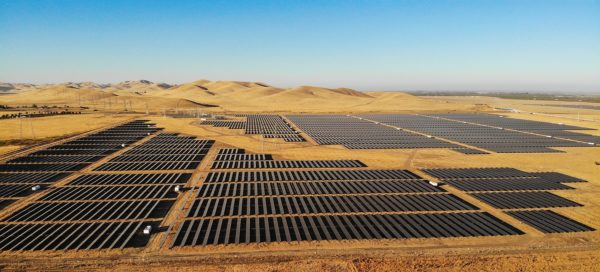
Since 2010, the photovoltaic sector has experienced rapid expansion. By the end of 2018, at least 480 gigawatts of installed solar PV capacity worldwide. In many areas, most of the newly added capacity comes from utility-scale installations rather than distributed systems.
By 2050, according to some recent projections, solar energy will generate nearly 60% of the world’s electricity. The size and amount of power produced by utility-scale solar farms set them apart from other distributed solar choices.
Utility-scale solar farms are solar arrays that can cover many acres of land and have a capacity of up to 1 GW. According to the Solar Industries Association, utility-scale solar installations are now more than a total of 37,000 MV, with another 12,000 MW in development.
Power purchase agreements (PPAs), often used instead of farm ownership by the utility, are used to sell the energy produced to utility buyers. The energy can then be sent to residential or commercial users who are connected to the electric grid by utility companies.
What is a Small Solar Farm?
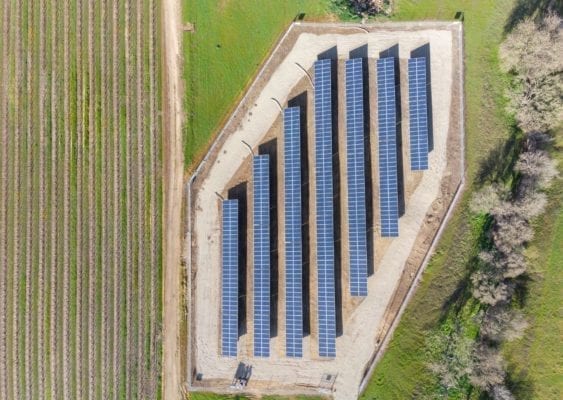
Residents around a small solar program split the output of a single sizable solar installation called a solar farm or community solar farm. You can sign up for a local or commercial solar farm to start receiving solar energy credits from your utility to reduce your electricity costs.
Small solar uses state renewable energy subsidies to help businesses, tenants, and homeowners cut costs while promoting solar energy in their neighborhoods.
Community solar programs provide a method to participate in the renewable energy revolution and save money for individuals who cannot put rooftop installations on their own houses owing to the initial cost, roof restrictions, or the fact that they don’t own their property.
Local solar farms built with community solar in mind are available for residents to join, allowing them to earn solar energy credits to lower their electricity bills.
Hundreds or even thousands of households can be powered by the energy produced by these massive systems. Even though you aren’t receiving solar energy directly into your home, you are helping in adding that solar energy to the general grid.
Small solar farms can be built in various locations, some of which are vacant. Solar gardens can also be built in landfills and industrial areas. However, they can be outside the center of a sizable open field.
Solar panels can also be built on public structures, including parking lots which act as shared solar systems in several cities. All of these configurations are categorized as community solar systems.
How Does a Small Solar Farm Work?
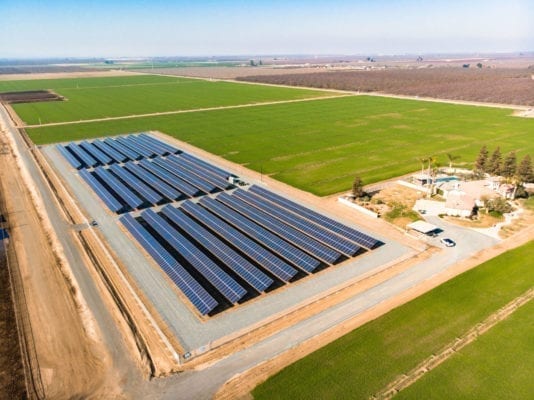
You can profit from solar power without installing rooftop solar panels with the help of community solar. Clean energy is pumped into the grid by nearby solar farms; locals and companies can subscribe to a farm and receive credit for a portion of its power.
Government incentives have made these incentives available for citizens; you can gain a discount on your electricity expenses when you receive these credits; it is like a price for doing good deeds. A utility, a nonprofit organization, a regulatory body, or a business established mainly to construct and operate a solar farm can initiate or manage a solar community project.
The owner will collaborate with solar developers to choose a suitable location, acquire the necessary licenses, and begin construction. The construction procedure may take months.
The owner then extends an invitation to members of the neighborhood to participate in funding the solar installation by purchasing shares or subscribing to the project. To identify subscribers and oversee their entire project subscription experience, we operate on behalf of the solar farm owner.
When a solar farm is finished, it is joined to a local utility and starts supplying solar energy to the grid of that utility. An electric meter measures the farm’s energy output, converted by the utility into a financial value known as solar credit.
Your monthly community solar membership will produce these credits, eventually reducing the electricity cost on your utility bill. You will continue to pay your current utility company for electricity. Because you are not directly receiving power from the solar farm, joining a solar community program has no impact on your utility or electricity supply. But because of the credits, your bill is reduced.
Consider it a reward for protecting the environment. By promoting solar energy in your state, you’re assisting everyone’s transition to a cleaner, more reliable electric system. Your state offers you a discount on your energy costs in exchange.
To be clear, you do not personally own any part of the farm or its panels if you subscribe to community solar. But because it produces renewable energy, you get a portion of the credits it generates.
The Capacity of a Small Solar Farm
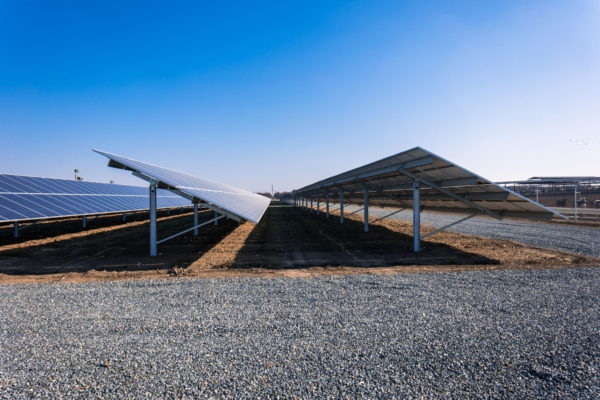
Regardless of the physical characteristics or ownership of your home or business, community solar enables equal access to the economic and environmental benefits of solar energy generation. In other words, community solar might be an excellent choice for enjoying the savings and advantages solar brings if you cannot install solar directly on your home.
Small solar installations typically have an electricity capacity of fewer than five megawatts (MW) and range in the number of acres they affect. Small solar installations often take place on leased land. Unlike residential housing and commercial development on a sold-off farm piece, you can restore the land to its original state.
Solar Energy Industries Association (SEIA) supports the following concepts in its promotion of solar community policies, initiatives, and practices:
- It gives all the consumers a chance to participate and directly profit economically from developing and managing new clean energy assets.
- It gives developers equitable opportunity to construct, manage, and connect community-owned renewable energy systems to the grid of the supplying utility.
- To stimulate innovation and deliver the finest customer service, it encourages the participation of various client types in the marketplaces for renewable energy sources.
- It ensures that program operations and maintenance will continue to guarantee the overall quality, the longevity of the facility, and the safety of customer involvement.
- It maintains the benefits of the program’s continuity to safeguard customers’ and developers’ investments.
- It assures complete and accurate disclosure of customer risks and benefits in a uniform, the comparable way that gives consumers visibility into performance and costs.
To minimize client risk and ensure customer safety, abide by all applicable securities, tax, and consumer protection regulations. Also, encourage collaboration with utilities and open, non-discriminatory utility laws for project siting and connectivity to facilitate effective interconnection and siting.
Keep an overall perspective of the community-shared renewable energy market and ensure each partner benefits from the alliances created between the utility, the developer, and the subscriber.
Learn More From Coldwell Solar
Utility-scale solar supports a large collection of solar panels, while small-scale solar projects facilitate residents and locals. With the help of small solar, more individuals can now directly profit from solar energy and take advantage of state renewable energy incentives. Solar energy is a perfect solution for green and clean energy to keep the environment and everyone’s health in check.
If you want to join a community solar or start a utility-scale solar power, contact Coldwell Solar for more information.

